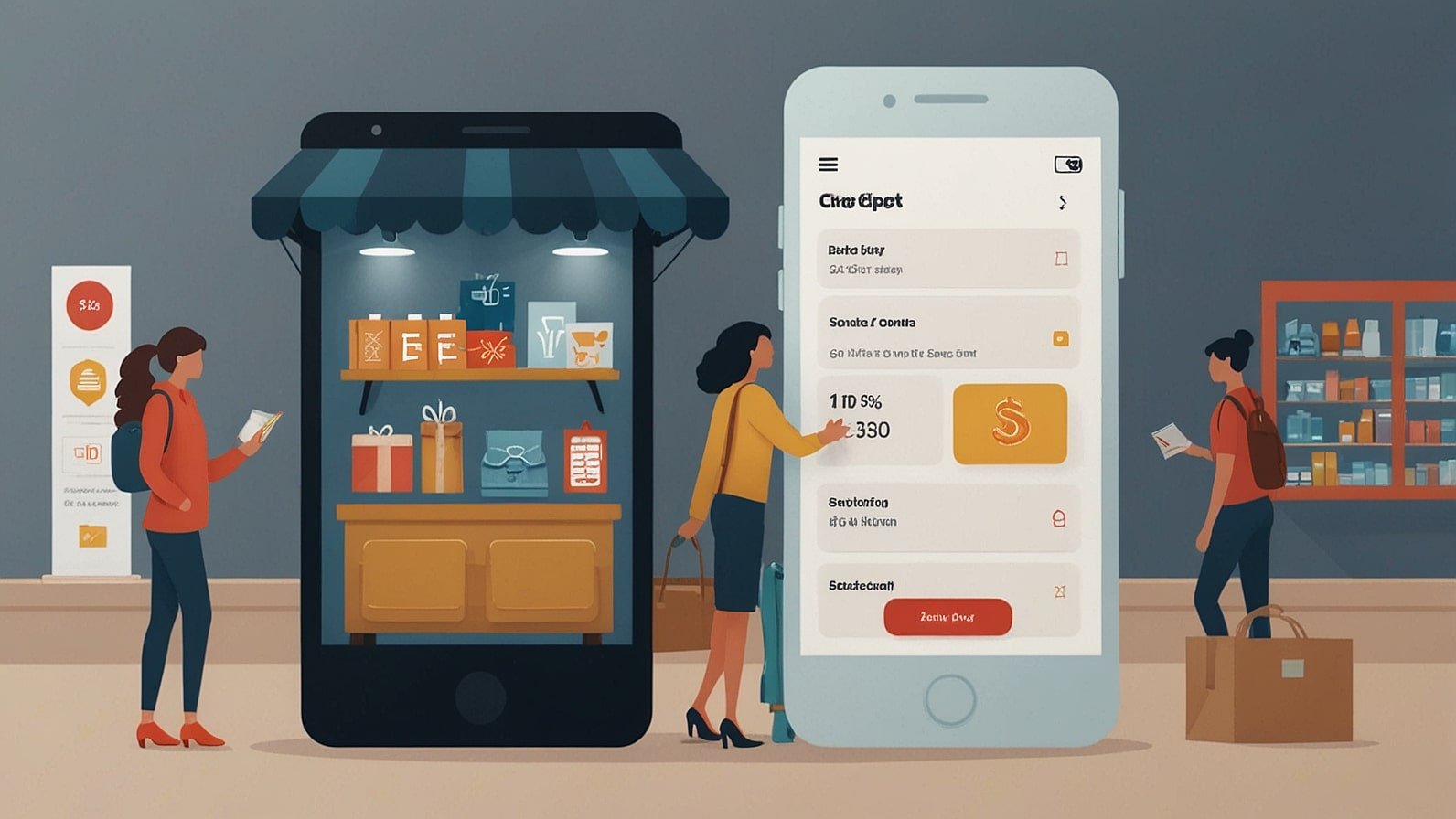OpenAI Turns ChatGPT Into a Shopping Assistant With Instant Checkout

The creators of ChatGPT today announced a feature called Instant Checkout in a bold move that has the potential to change how people shop online. Such integration will turn the AI tool into an active guide to the purchase, as users can browse, choose, and purchase items all within the chat window.
Rather than redirecting users to the sites of the merchants, Instant Checkout conducts the whole transaction process within ChatGPT. Users are able to tap Buy, enter shipping and payment information and complete the order right in the chat.
It is also only currently available as single-item purchases by the sellers in one marketplace, but it will be expanded in the near future to a broader range of merchants.
Back behind the scenes, the system relies on a recently introduced open standard – known as Agentic Commerce Protocol – to reliably transfer order information between the user and the systems of the seller at the cost of enabling merchants to maintain control over the payment, fulfilment, and customer information.
This is a game-changer: AI is no longer a helpful assistant, and it has penetrated the universe of business. To the user, this has the advantage of a faster, friction-free shopping course.
No more copying of links, changing tabs, and struggling with checkout pages. To merchants, it offers a huge new platform: AI platforms as storefronts. The tradeoff? They also pay a small transaction fee with exposure to millions of potential buyers in the AI ecosystem.
Analysts suggest that Instant Checkout might speed up the development of agentic commerce, in which AI agents are not mere generators of recommendations or summaries, but direct the buying and selling process. When adoption increases, chat-based interfaces will be among the mainstream methods in how people shop, particularly on lower bandwidth or mobile phones.
The timing is significant. E-commerce has been struggling with the rates of shopping cart abandonment, tedious checkout processes, and poor inter-site experiences. Integrating checkout into conversations can help to transition users out of the older web storefronts and rebrand AI platforms as new shopping platforms. The protocol is also open, which might foster competition and widespread support.
Some questions remain. It is not a trivial task to scale to multi-item carts, deal with returns and customer support, integrate regional payment systems and go global. Regulatory implications are another possible concern: in case AI turns into a market by itself, new regulations might be necessary concerning consumer protection, data protection, antitrust, and the responsibility of the platform.
Already, in the tech circles, the shift has been likened to paradigm shifts in the past: when search engines became a gateway to commerce links, the essence of e-retail has changed.
It is possible now that AI takes the place of the front end of shopping. To competitors and traditional online stores, the threat is evident: if AI-based tools provide fully embedded purchasing features, there is a high chance that numerous users will not go through the merchant websites at all.
At present, Instant Checkout can be used only in a small geography and among merchants. However, the roadmap implies fast growth. Integrations with large platforms, multiple-item cart support, and rollout to global customers are all in sight.
Assuming it succeeds, the project would redefine the principles of how individuals learn, assess, and purchase goods online, transferring a large portion of the business to conversational AI.
In a world where people have very little attention and convenience is everything, the introduction of Instant Checkout is a new frontier: the AI that knows what you need, what you may want, and then orders it to you without ever leaving the chat.



